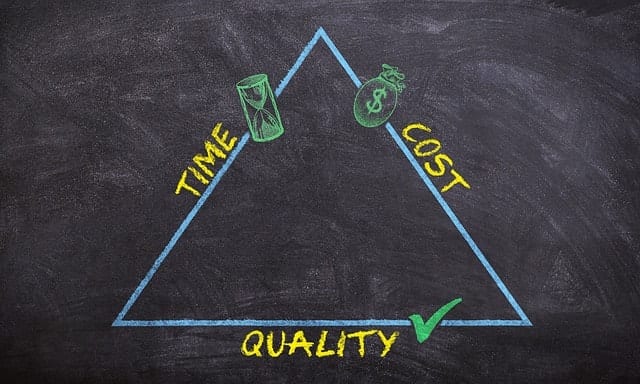For every project you should know at the outset what you are aiming to achieve and be able to state that in simple terms – that’s the project scope . After all if you can’t say what the objective is how can you possibly expect to achieve it? This is true for every type of project, large or small, simple or complex and in any business field or industry.
The statement of what the project objective is and the benefits it is expected to deliver form part of the Project Scope, and so clearly it is important to every project because it clarifies what will be done, and usually any limitations, dependencies and assumptions.

A clear project scope statement will help the project manager to manage the expectations of clients and stakeholders and to avoid common problems seen in projects such as:
- The final product/service/process is not what the client wanted or expected
- The requirements are constantly changing throughout the project
- Well into the project the requirements need a major re-think
- Project costs are getting out of hand
- The project is behind schedule
What does the project scope consist of?
The project scope consists of enough detail to clarify the purpose of the project, the expected benefits and any constraints (such as time, budget, technology). It is necessary at the start of the project whether or not you have a detailed requirements document (as you might not on an Agile project). However, as with any element of a project it is not set in stone and there must be provision for changing the scope, but only in a controlled manner.
Indeed it is very likely that the project scope will change and that the end product will be better for it but there is also a very real danger that uncontrolled changes will just lead to “scope creep” where the original objectives are expanded without any provision for additional resources. Scope creep is one of the greatest causes of project failure and if the project scope is not managed effectively the original objectives of the project can be forgotten.
So it is essential to have a good project scope statement – how much detail it contains will depend on the type of project but the following items should be included:
Many scope statements also specifically state any items, functionality or features that will not form part of the project deliverable to avoid the common scenario where certain assumptions were not included. This is a common problem when the project team are unfamiliar with the business-as-usual processes and stakeholders (or, more likely, end-users) fail to state what they think are obvious assumptions. An easy way to avoid this problem is to add exclusions to the scope document.